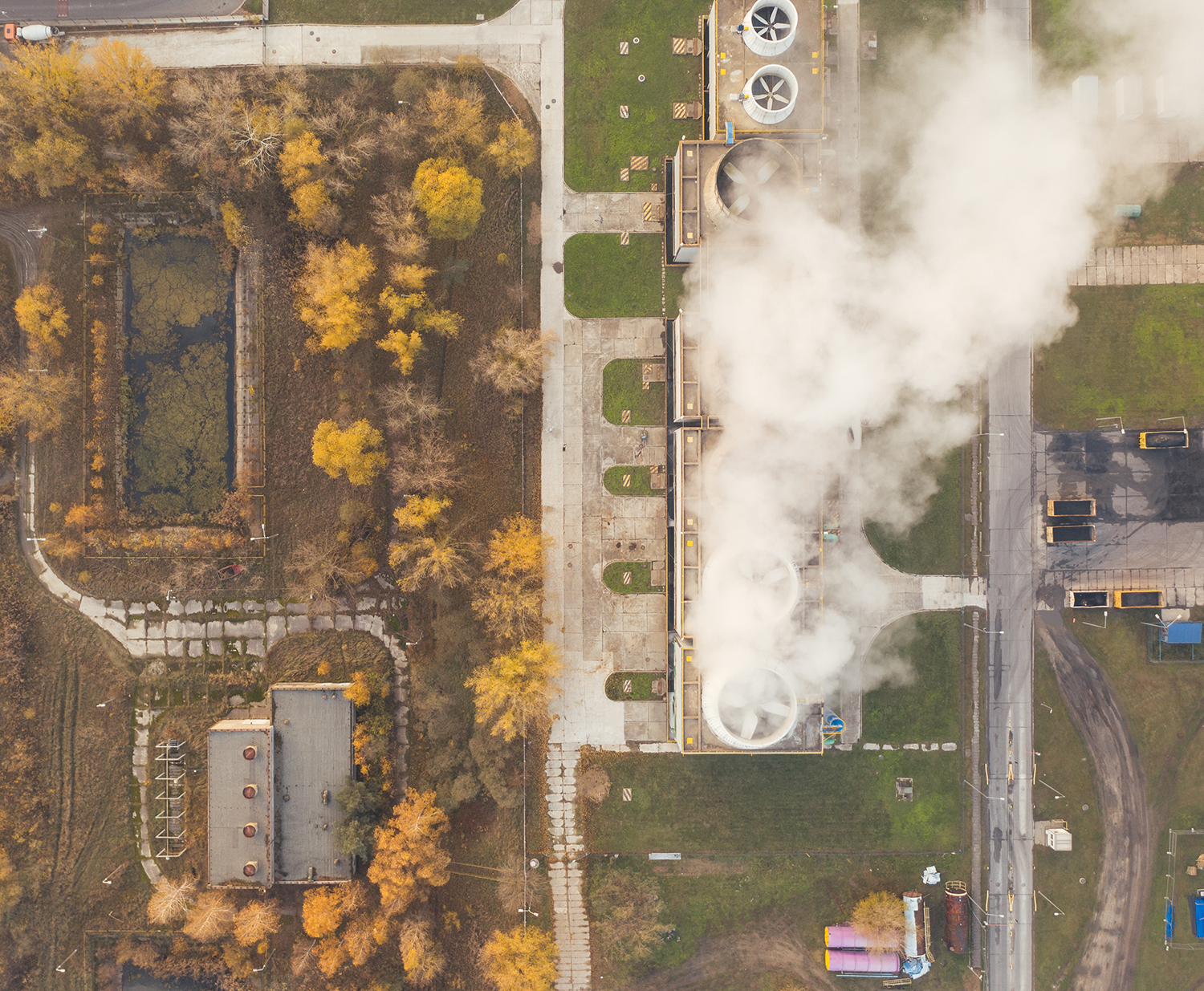What is life cycle analysis?
Life cycle analysis (LCA) is increasingly common, in particular for eco-design or to obtain a label. It is used to assess the environmental footprint of a product or service by taking into account as many sources as possible. In the following interview, Miguel Lopez-Ferber, a researcher in environmental assessment at IMT Mines Alès, offers insights about the benefits and complexity of this tool.
What is life cycle analysis?
Miguel Lopez-Ferber: Life cycle analysis is a tool for considering all the impacts of a product or service over the course of its life, from design to dismantling of assemblies, and possibly recycling – we also refer to this as “cradle to grave.” It’s a multi-criteria approach that is as comprehensive as possible, taking into account a wide range of environmental impacts. This tool is crucial for analyzing performance and optimizing the design of goods and services.
Are there standards?
MLF: Yes, there are European regulations and today there are standards, in particular ISO standards 14040 and 14044. The first sets out the principles and framework of the LCA. It clearly presents the four phases of a LCA study: determining the objectives and scope of the study; the inventory phase; assessing the impact, and the interpretation phase. The ISO 14044 standard specifies the requirements and guidelines.
What is LCA used for?
MLF: The main benefit is that it allows us to compare different technologies or methods to guide decision-making. It’s a tremendous tool for companies looking to improve their products or services. For example, the LCA will immediately pinpoint the components of a product with the biggest impact. Possible substitutes for this component may then be explored, while studying the impacts these changes could lead to. And the same goes for services. Another advantage of the “life cycle” view is that it takes impact transfer into account. For example, in order to lower the impact of an oven’s power consumption, we can improve its insulation. But that will require more raw material and increase the impact of production. The LCA allows us to take these aspects into account and compare the entire lifetime of a product. The LCA is a very powerful tool for quickly detecting these impact transfers.
How is this analysis carried out?
MLF: The ISO 14040 and 14044 standards clearly set out the procedure. Once the framework of the study and objectives have been identified, the inflows and outflows associated with the product or service must be determined – this is the inventory phase. These flows must be brought back to flows from the environment. To do so, there are growing databases, with varying degrees of ease of access, containing general or specialized information. Some focus on agricultural products and their derivatives, others on plastics or electricity production. This information about flows is collected, assembled and related to the flow for a functional unit (FU) that makes it possible to make comparisons. There is also accounting software to help compile the impacts of various stages of a product or service.
The LCA does not directly analyze the product, but its function, and it is able to compare very different technology. So we will define a FU that focuses on the service provided. Take two shoe designs, for example. Design A is of very high quality so it requires more material to be produced, but lasts twice as long as Design B. Design A may have greater production impacts, but it will be equivalent to two Design Bs over time. For the same service provided, Design A could ultimately have a lower impact.
What aspects are taken into account in the LCA?
MLF: The benefit of life cycle analysis is that it has a broad scope, and therefore takes a wide range of factors into account. This includes direct as well as indirect impacts, consumption of resources such as raw material extraction, carbon footprint, and pollution released. So there is a temporal aspect, since the entire lifetime of a good or service must be studied, a geographical aspect, since several sites are taken into consideration, and the multi-criteria aspect, meaning all the environmental compartments.
Who conducts the LCA?
MLF: When they are able to, and have the expertise to do so, companies have them done in-house. This is increasingly common. Otherwise, they can hire a consulting firm to conduct them. In any case, if the goal is to share this information with the public, the findings must be made available so that they can be reviewed, verified and validated by outside experts.
What are the current limitations of the tool?
MLF: There is the question of territoriality. For example, power consumption will not have the same impact from one country to another. In the beginning, we used global averages for LCA. We now have continental, and even national averages, but not yet regional ones. The more specific the data, the more accurate the LCA will be.
Read more on I’MTech: The many layers of our environmental impact
Another problem is additional or further impacts. We operate under the assumption that impacts are cumulative and linear, meaning that manufacturing two pens doubles the impacts of a single pen. But this isn’t always the case. Imagine if a factory releases a certain amount of pollutants – this may be sustainable if it is alone, but not if three other companies are also doing so. After a certain level, the environmental impact may increase.
And we’re obviously limited by our scientific knowledge. Environmental and climate impacts are complex and the data changes in response to scientific advances. We’re also starting to take social aspects into consideration, which is extremely complex but very interesting.
By Tiphaine Claveau






Leave a Reply
Want to join the discussion?Feel free to contribute!